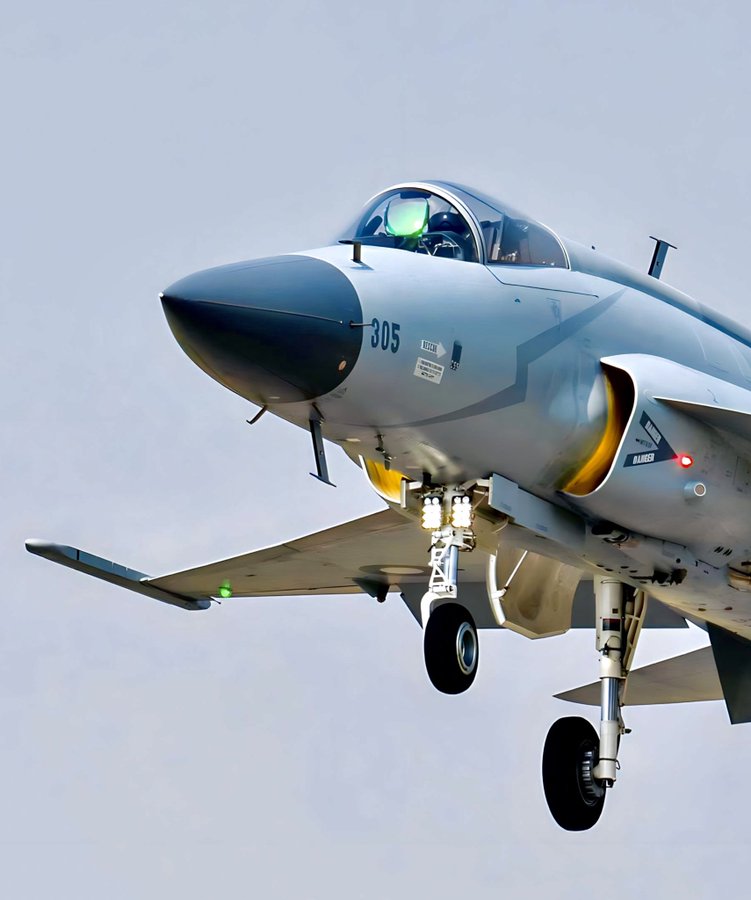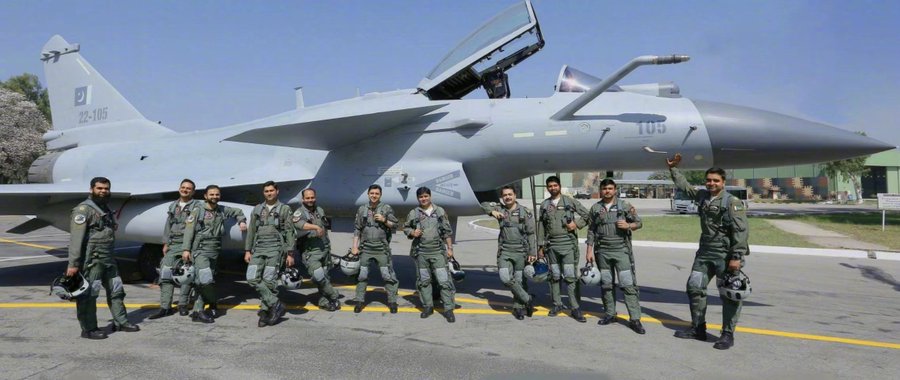Pakistan Air Force: Punching Above Its Weight
Quaid-i-Azam Mohammad Ali Jinnah on a visit to the flying school of then RPAF located at Risalpur on 13 April 1948 said,
“A country without a strong Air Force is at the mercy of any aggressor. Pakistan must build up her Air Force as quickly as possible. It must be an efficient Air Force, Second To None.”
Pakistan Air Force has always kept its standard high to meet the challenges of aerial warfare, especially in this 21st century. Better engineering technologies, better tactics, and better training have brought new opportunities to take advantage of for the defense of airspace. PAF is not new to the usage of flying simulators for more efficient and cost-effective training of pilots or to the threat of Beyond Visual Range Air-to-Air Missiles (BVRAAM). It perhaps scored the only recent example of such a hit in the world on 27th February 2019, by taking down an Indian SU-30 MKI Air-Superiority fighter aircraft belonging to No. 221 of IAF; from PAF’s American made F-16 Block 20 MLUed with Serial No. 84606 flown in No. 11 Squadron by Squadron Leader Hasan Mahmood Siddiqui.
PAF has also equipped itself with a jointly produced aircraft, Joint-Fighter (JF) 17 Thunder, and is currently introducing the 3rd iteration of its single-seater version. There are 50 Block I variants (upgraded to Block II standard), 62 Block II variants, and 26 dual seater or Block B variants produced by CAC & PAC. Flight tests for Block III variants are ongoing and 12 of them are expected to be operationalized by PAF’s No. 17 ‘Tigers’ Squadron soon. Some salient features of the latest block include KLJ-7A AESA radar, one additional hardpoint (7+1) under its fuselage, improved MAWs, more composites to improve load capacity, PL-12 and PL-15 AAMs for BVR combat, RD-93 which later will be replaced by RD-93MA, improved EW capability (Pajnad), in-flight refueling (IFR), ASELPOD, better HUD, 3-axis digital fly-by-wire (FBW) control system and a new HMD/S. The light fighter aircraft costs between 18-35 million dollars depending upon the configuration and is expecting sales to multiple developing countries.
PAF is also inducting Chinese J-10 C multirole aircraft as the threat from its Eastern neighbor is ever increasing. J-10 C houses a more powerful radar, 11 hardpoints, and is a different class from JF 17 being a medium role fighter jet. Pakistan currently flies around 378 fighter aircraft including 18 F-16 Blk 52+, 43 F-16 MLU, 13 F-16 ADA, 134 JF 17 Block II standard, 69 Mirage V, 56 Mirage III, and 45 F-7PG. The addition of JF 17 Block III and J-10C 4++ generation fighter jets will augment the air power of PAF.
Pakistan Air Force has also invested in net-centric capabilities including building its datalink called Link-17, C4ISR framework, AWACs, EW aircraft, and fuel tankers to boost its strength. Fighter aircraft with their pinpoint accuracy especially using sniper pods have successfully targeted terrorists and dismantled their infrastructure from the ground. As air battles evolve, PAF is continuously evolving itself too to keep up with new tactics, strategies, and equipment.











